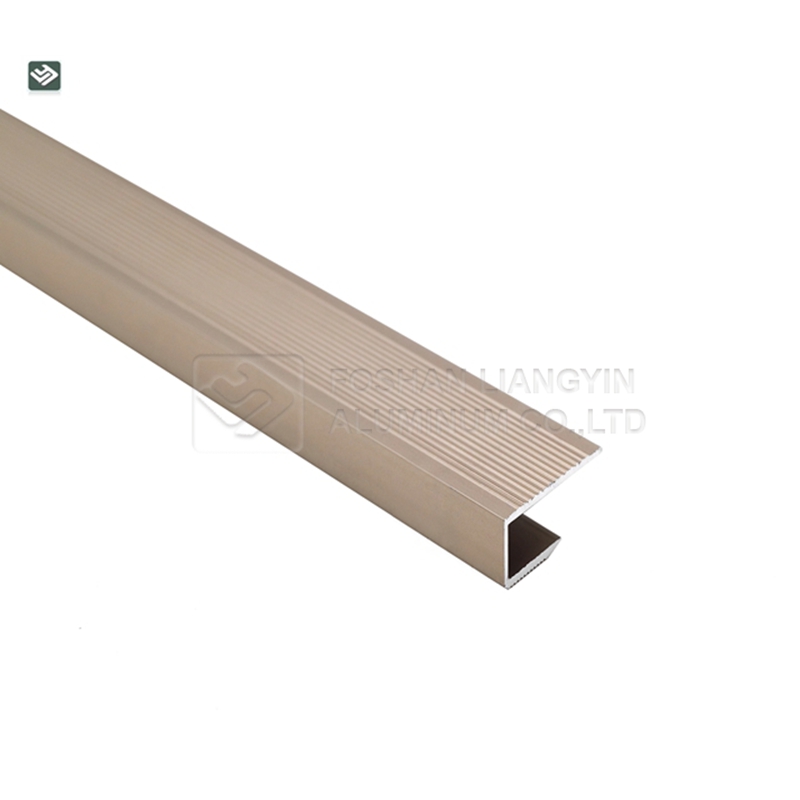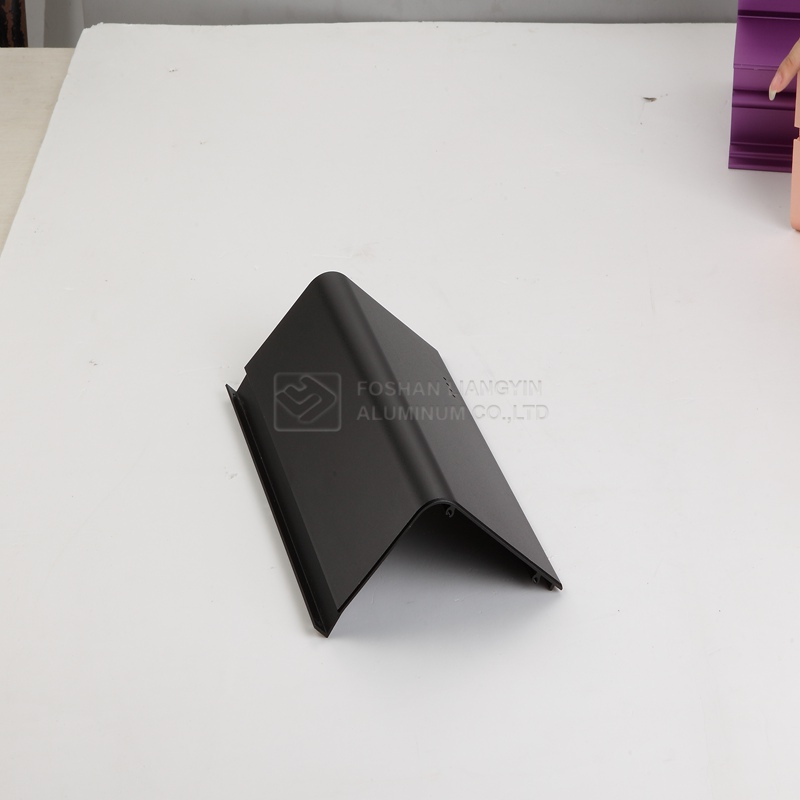CNC machining is a traditional manufacturing process that uses a drill and turning tool to create parts by removing material from a solid block of material. The process is fast, repeatable and ideal for making parts with tight tolerances. CNC machining can be done with any material rigid enough - from plastic to metal to fiberglass - and aluminum is a popular choice among product teams.
The first step in starting your CNC aluminum machining project is choosing the right metal alloy. Each grade has its own unique set of properties and characteristics, depending on your needs. When examining the properties of aluminum, you need to consider strength, electrical conductivity, corrosion resistance, or a combination of all of these.
Two of the most common aluminum metals used in industry are 6061 and 7075 aluminum alloys. So, what is the difference between the two?
6061 is a common aluminum alloy produced through a heat treatment and drawing process. CNC machined 6061 aluminum products are widely used in industrial structures and other applications for their high strength and corrosion resistance.
With its excellent machinability, durability, unique characteristics and affordability, aluminum 6061 is the CNC machined material of choice in the manufacture of parts for various industries such as aerospace, transportation, and construction. It is widely used in CNC machine shops for 5-axis precision machining.
6061, also known as Alloy 61s, is one of the most common aluminum alloys for general purpose, mainly contains aluminum, magnesium and silicon, other 6061, also known as Alloy 61s, is one of the most common aluminum alloys for general purpose, containing mainly aluminum, magnesium and silicon, other metallic elements include iron, copper, chromium, zinc, manganese and titanium. It has good mechanical properties, good weldability and suitable to be extruded. 6061-T6 and 6061-T651 are tempered grades of 6061 aluminum.
Aluminum alloy 6061 properties and features:
◭ Can be heat treated
◭ Set the standard for a medium-to-high strength, lightweight, economical material
◭ Structural strength, toughness
◭ Good corrosion resistance to atmosphere and sea water
◭ Easily to be welded
◭ 6061 aluminum density: 2.7 g/cm³
◭ Tensile strength of aluminum 6061: 124-290 MPa (18.0-42.1 ksi)
◭ 6061 aluminum yield strength: ultimate yield strength of at least 240 MPa (35,000 psi)
The main difference when comparing 6061 vs 7075 aluminum alloys is that the latter is part of the 7xxx series, with zinc as the primary alloying element. Unfortunately, this metal is not good for welding because it's extremely prone to cracks.
Despite being one of the strongest types of aluminum, it's easily degraded by corrosive effects. This impressive strength is an advantage when it comes to industry application.
The 7075 alloys can handle in high-stress environments in the aerospace industry, military, and high-wear parts. It's also used for bicycle parts, fuselages, bicycle parts, and rock-climbing kits. tooling than 6061.
In aluminum manufacturing, the metal has unique properties that make the process easier. So why do you need additional finishing for aluminum parts? Let's take a look.
Enhancing Appearance
For most consumer products, appearance is critical. Finishing machined aluminum parts with powder or liquid paint coatings is ideal for products that need a little color. In addition, you can use other techniques to get a shiny look. Finishing is good for aesthetics.
Improved corrosion resistance
When comparing 6061 and 7075 aluminum alloys, you must check their corrosion resistance. Aluminum has a natural oxide layer. However, in extreme conditions of humidity and temperature variations, you may need additional protection by anodizing.
Preparing the metal
Mechanical and pretreatment processes are essential to prepare aluminum for other final finishes. CNC machined aluminum may require additional coatings or treatments to alter any hard surfaces.
With CNC machining, metal parts and components require post-treatment to be visually appealing. Therefore, manufacturers involved in machining aluminum must select a surface finish that will improve the appearance of the final product.
Pre-treatment
Aluminum surfaces can also be treated using a process called pre-treatment. This method involves cleaning the metal with an acidic or alkaline material. After applying the pretreatment coating, you can add a powder coating to it to enhance corrosion resistance.
Anodizing
This process is primarily used to process aluminum parts. It involves an electrochemical process that provides additional protection on top of the natural oxide film present on aluminum alloys, such as 6061 and 7075. In addition to protection, this additional layer provides excellent insulation, decoration and wear resistance.
Powder Coatings
Powder coating is a common treatment for aluminum parts. The process involves the use of a solvent-free paint. A spray gun is used to apply the mixture to provide a smooth coating on the metal. Matte or glossy coatings provide a decorative effect similar to paint, but with greater durability.
Liquid Paints
Liquid paint coatings are available in a variety of colors. When used in an extrusion process, the paint forms a thin film of uniform thickness.
Chemical Finishing
When treating CNC machined aluminum, you can use chemical mixtures to make the surface shiny and spectacular. Treatments such as bright drip give machined aluminum a "mirror" finish. The machinist places the part in a special impregnating solution to obtain a reflective surface and remove any stains.
Machining
Just like any other metal, aluminum is machined by polishing, buffing or sandblasting. These processes use abrasion to remove excess metal, add surface texture and make it ready for other cosmetic finishes.
Aluminum is commonly used as a manufacturing material for CNC machining projects. This technique helps produce CNC machined parts and components for a variety of industries and sectors. However, whether you use 6061 or 7075 alloy in your manufacturing process, you must choose the correct surface finish for the aluminum you are machining.

